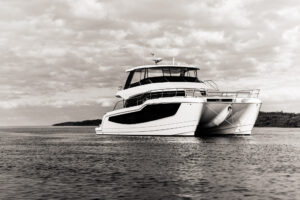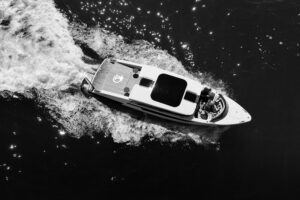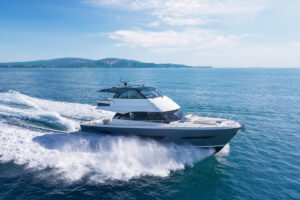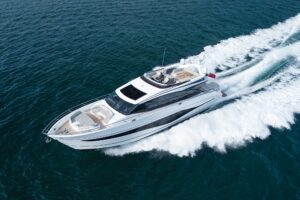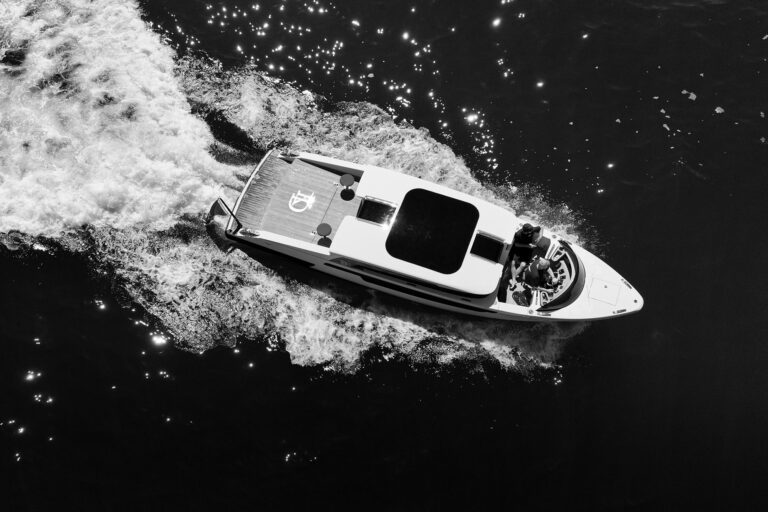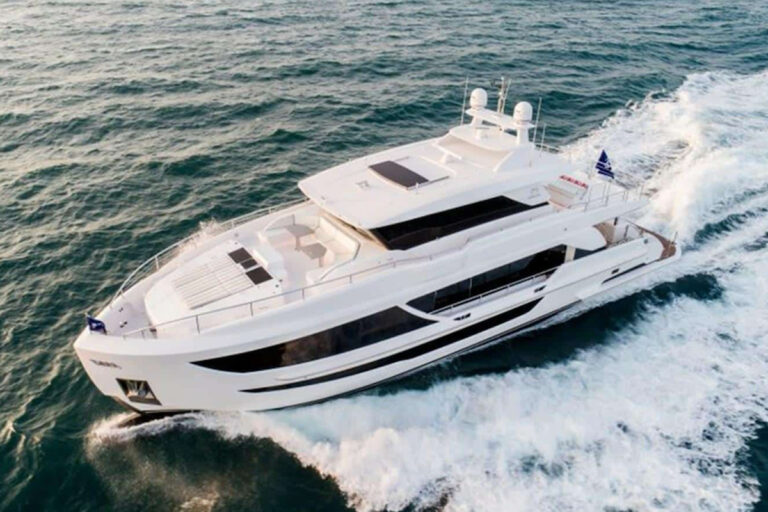
Coyle, this is a damn emergency. Call me for God’s sake,” Tom had texted. I’d ignored the message 12 hours earlier as I’d sipped a sunset glass of wine dockside.
I hit call back—reluctantly.
“Where have you been? My port engine is stuck in reverse,” Tom said, somewhere around the border of South Carolina. “I gotta get to Charleston.”
I suggested an obvious solution: “Turn her around. You’ll manage trawler speed in reverse.”
“Screw you, Coyle. This is serious,” he replied.
Tom’s ride was 55 feet of the latest in marine technology. From his prior gushing, I’d gleaned that it had performed brilliantly while motoring up the Intracoastal Waterway to New England from Florida. But now it seemed it’d soured on returning to the Sunshine State.
“Check the clutch linkage to the gear box,” I advised.
“You mean in the engine room? Good God, it’s hot in there,” Tom complained.
I considered his options. Tom is an experienced skipper, but he’s not what you would call mechanically inclined. He brings along just the tools he’s comfortable with: a corkscrew and cellphone. The truth is, tools would be of little use because his boat’s state-of-the-art diesels would likely not respond to mechanical tinkering anyway. They communicate through hundreds of feet of wire attached to black boxes with countless modular connectors.
“It’s sort of like your computer,” I explained, suggesting that he shut down and restart the engines after checking the connections that lie between them and the helm.
Tom called back a few minutes later: “There are connectors all over the place down there. Which ones?”
“Check your manual,” I suggested.
“What manual?” he asked.
“Maybe it’s best you leave things alone,” I advised.
As Tom continued limping south down the waterway, I poked around online for reference material related to his vessel’s engines and controls. It didn’t take long before I came across a diagram and image of the wiring harness. A marine technician frustrated with the setup’s complexity had written the system’s description.
Read More from Jay Coyle: Tell Tales
As I followed along, I gleaned that Tom’s boat had missed out on a hardware update. The resulting problem was a simple lack of communication. While the on-water diesels we rely on all speak the same language, Tom’s boat controls speak in a foreign tongue. An additional little black box is required to translate.
I called Tom and explained the complication.
“Have you noticed any faults on the engine instrument display?” I asked.
“Yeah, for the last month it’s been flashing ‘throttle fault,’” he said.
“And?” I asked.
“Well, I ignored it because the throttle works fine,” he said. “Do you suppose the engine really meant to say gear fault?”
Being an optimist, I proposed that perhaps the engine was so smart that it had decided not to allow a shift in gears without knowing the throttle’s position.
Tom pulled into Charleston after dark and secured the services of a marine technician. It turned out that the engine wasn’t as smart as I’d hoped. A solenoid, the electromechanical muscle behind the brain that shifts the gear, had atrophied.
“So, I have a dumb smart engine. What the hell do I do now?” Tom asked.
Hire a translator.

